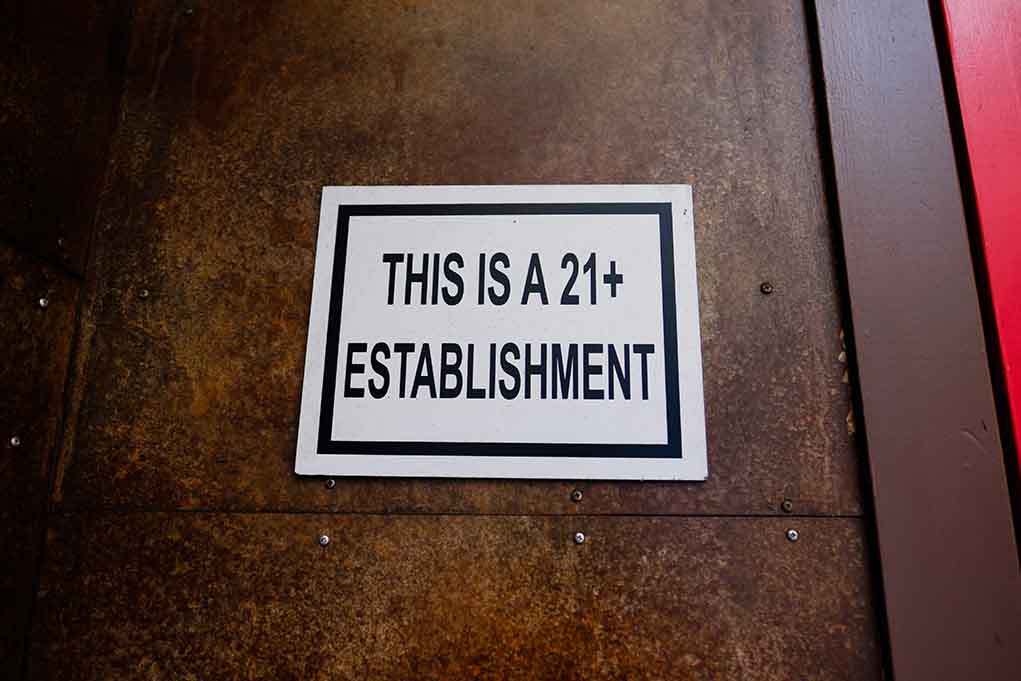
(NewInsights.org) – Alcohol regulation has an interesting history in the United States. From prohibition to minimum drinking age legislation, lawmakers have tried to control the use of the mind-altering substance at every level.
One of the only remaining laws concerning alcohol is the minimum drinking age. For most adults, the legal age has always been 21, but some people may remember when 18-year-olds could buy beer legally.
Prohibition and the Minimum Drinking Age
The idea of prohibiting the legal consumption of alcohol until a person reaches a certain age began during the Prohibition era. The temperance movement first tried to limit alcohol use as it pushed toward the complete ban of the substance.
While the campaign succeeded in banning alcohol via the 18th Amendment, it failed when the 21st Amendment undid everything. Still, early activists planted a seed with their assertion that while adults may be capable of consuming alcohol responsibly, children certainly are not.
States and MADD
Initially, states held the power to determine the legal age limit when a person might drink, generally ranging from 18 to 21. By 1970 to 1975, most states had set their minimum drinking age at 18 due to the Vietnam War. Public opinion held that if a person was old enough to fight and die for their country, they were old enough to drink.
Policies changed because Mothers Against Drunk Driving (MADD) founder Candy Lightner undertook a campaign against teenage alcohol consumption, including a push for legislation instituting a federal law covering the minimum drinking age. Her efforts ushered in the National Minimum Drinking Age Act of 1984.
The act required states to set the age of consumption at 21 to receive federal money for highway maintenance, but there was plenty of debate before the act passed.
Passing the Act
While most people agreed setting a federal minimum drinking age was a good idea, in concept. Yet, specific points in the act gave certain lawmakers pause. Senator Gordon J. Humphrey (R-NH) proposed rewarding states that comply instead of punishing those that did not. He also questioned the constitutionality of the legislation because it forced state compliance with federal guidelines.
Senator Lowell P. Weicker Jr. (R-CT) opposed the act because he felt it wasn’t enough to combat drunk driving. While President Ronald Reagan ended up supporting the bill, he had threatened to veto it at first.
The media promoted the legislation. They used inflated statistics to sway public opinion toward supporting the bill, which eventually passed and became law on July 17, 1984. Since that date, the legal minimum drinking age has been 21 years old.
The Impact
The National Minimum Drinking Age Act not only increased the drinking age in many states, but it was also the first time the federal government told the states how to govern. It set a precedent for similar measures to occur in the future.
Few other countries worldwide have legislated such a high age. In most places, it’s around age 18. Some European nations allow legal drinking at age 16, and there are quite a few areas with no minimum age.
Ultimately, the Federal Trade Commission says that alcohol use by high schoolers has decreased significantly since the act’s passage. Still, the law didn’t solve every alcohol-related issue the temperance movement or MADD thought it would.
Copyright 2023, NewInsights.org












